Volleyball stars are style icons, idols for millions. They shape the culture of volleyball, set trends and inspire a new generation of athletes. Their names become synonymous with success and their performances become role models. Thanks to famous volleyball players, the sport is becoming increasingly popular and entertaining.
William Morgan – the inventor of volleyball
William Morgan not only invented a new game, he revolutionised the world of sport. In 1895, he introduced volleyball as a universal game accessible to everyone. Morgan created a discipline in which age and physical characteristics did not play a decisive role, but where teamwork and enjoyment of the game took centre stage.
How the idea for volleyball came about
William Morgan came up with the idea when he was head of physical education at the YMCA in Massachusetts. He wanted to offer an alternative to basketball that was less traumatic but just as exciting. This led to the first rules, which were inspired by elements of tennis, basketball and handball. Famous volleyball players later recognised that Morgan had revolutionised the world of sport.
The first rules and characteristics of the game
In the early days of volleyball, there were very different parameters, including a net whose height changed over time and a volleyball that was much heavier at the time. The rules were improved and the game took on the unique dynamic we know today. The net became higher, the court was standardised, and so volleyball developed into the fast and exciting sport that is so popular today.
Giba is Brazilian pride
Giba’s dynamism, technique and incredible tenacity have inspired many young players to strive for the top. Giba is a recognised symbol of Brazilian volleyball and a true legend among volleyball players of his time.
Rise to the top
The athlete began his career at a young age. Even as a child, he showed talent and passion for the sport. Not everything went smoothly – he had to overcome many difficulties, including serious injuries. Giba won world championships and triumphed at the Olympic Games. His ability to lead the team, his powerful serves and his strategic actions on the court repeatedly helped the Brazilian national team to first place.
Ekaterina Gamova is a great star of women’s volleyball
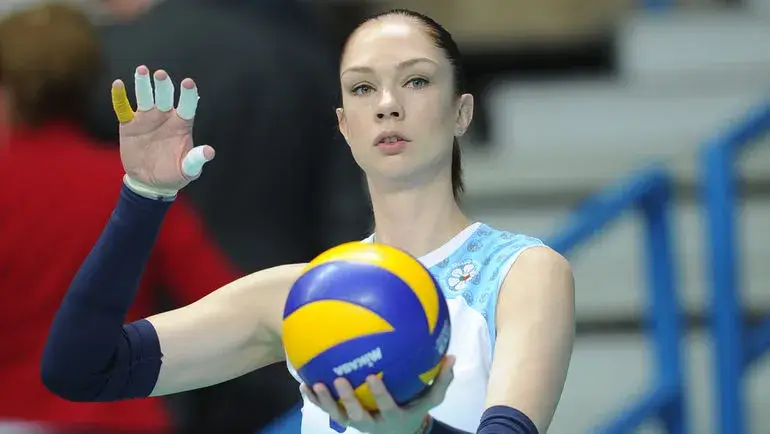 Ekaterina Gamova is a famous name that rings with pride in the hearts of all Russian volleyball players and fans of the discipline. Her tall stature, precise strokes and incredible stamina made her one of the greatest sportswomen of our time.
Ekaterina Gamova is a famous name that rings with pride in the hearts of all Russian volleyball players and fans of the discipline. Her tall stature, precise strokes and incredible stamina made her one of the greatest sportswomen of our time.
The beginning of her career and her first successes
Ekaterina was born in Chelyabinsk and was characterised early on by her tall stature and excellent coordination. Her path to success began in local clubs, where she attracted the attention of coaches and was soon included in professional teams.
Games for the Russian national team
Playing for the Russian national team brought Gamova fame. She took part in two Olympic finals (2004 and 2012) and became one of the team’s key figures. Her famous attacks and fearlessness made Gamova one of Russia’s most popular and recognisable volleyball players, and she won the love and respect of fans around the world.
Retirement from sport and other activities
After the end of her career, Gamova did not give up volleyball. She began working as a coach and took an active part in popularising women’s sport in Russia. Outstanding volleyball players like Ekaterina Gamova are a role model for the younger generation and show that sport is not only physical activity, but also passion, perseverance and work on oneself.
Karch Kirai – American champion on the sand and indoors
Karch Kirai was the first player to win Olympic gold medals in both classical and beach volleyball. He was part of the US team in 1984 and 1988 and shone on the sand in 1996. Famous volleyball players like Kirai show that talent has no limits and that the sport can be very versatile.
Coaching career and influence on the sport of volleyball
After the end of his career, Kirai dedicated himself to coaching. He managed the US women’s national team and led them to the gold medal at the 2021 Olympic Games in Tokyo. Volleyball greats continue to inspire the younger generation of athletes even after their careers have ended.
Sergey Tetyukhin is the leader of the Russian national team
Sergey Tetyukhin is a living legend of Russian volleyball. His long career and stability have become a role model for many generations of athletes. Tetyukhin has participated in five Olympic Games and won four medals, including gold in London 2012. Thanks to the leadership qualities and experience of the famous volleyball player, the Russian national team was able to reach great heights.
Golden moments in his career
A special moment in Tetyukhin’s career was the London 2012 Olympics, when the Russian national team made a fantastic comeback in the final against Brazil, losing 0:2 in sets. The athlete showed incredible tenacity and leadership qualities by increasing the pressure on the opponent with his powerful serves and precise blocks, which helped turn the tide.
Contribution to Russian volleyball
Sergey Tetyukhin continues to contribute to the development of the sport in Russia by working with young people and helping new generations to learn this exciting sport. He runs training sessions for young athletes, organises master classes and is actively involved in the development of regional volleyball schools. Activities:
- Organisation of training camps for young volleyball players.
- Organisation of masterclasses for young players throughout the country.
- Participation in sports forums and conferences.
- Counselling coaches of youth teams.
- Supporting talented athletes through scholarships and support programmes.
Famous volleyball players and their achievements often become the starting point for future athletes, and Tetyukhin is one to look up to.
Conclusion
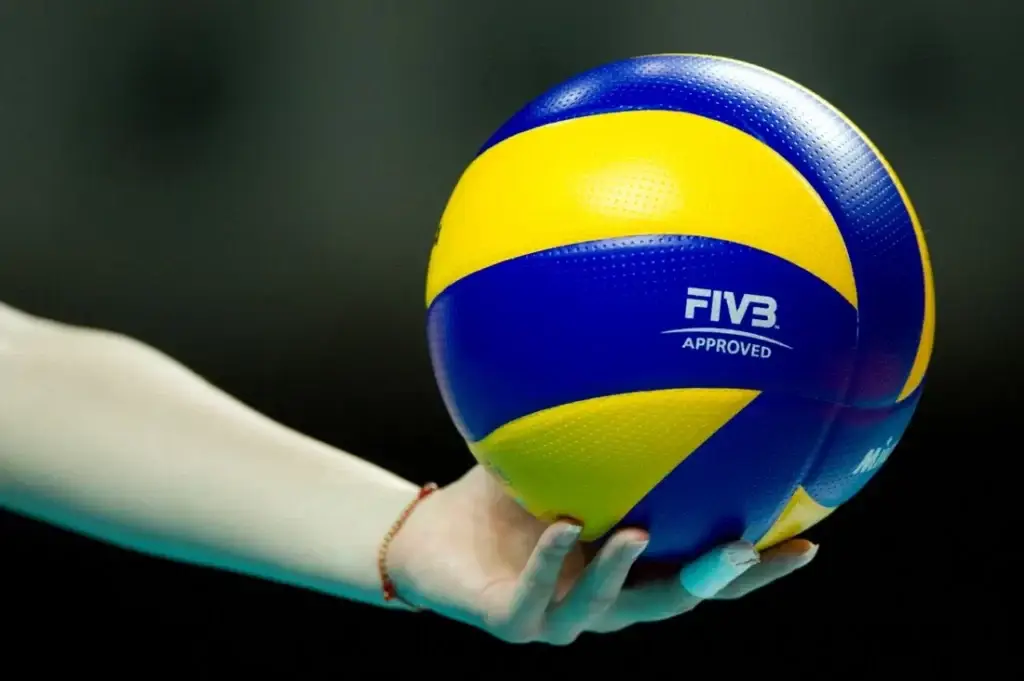 Famous volleyball players inspire, lead and change the history of the sport. Their achievements show that success comes only to those who are willing to work, learn and fight. These legends have left an indelible mark on the history of volleyball, and their example is an inspiration to anyone who picks up a volleyball. Learn from the best, improve your skills and remember that every great athlete started small but strived to achieve greatness.
Famous volleyball players inspire, lead and change the history of the sport. Their achievements show that success comes only to those who are willing to work, learn and fight. These legends have left an indelible mark on the history of volleyball, and their example is an inspiration to anyone who picks up a volleyball. Learn from the best, improve your skills and remember that every great athlete started small but strived to achieve greatness.

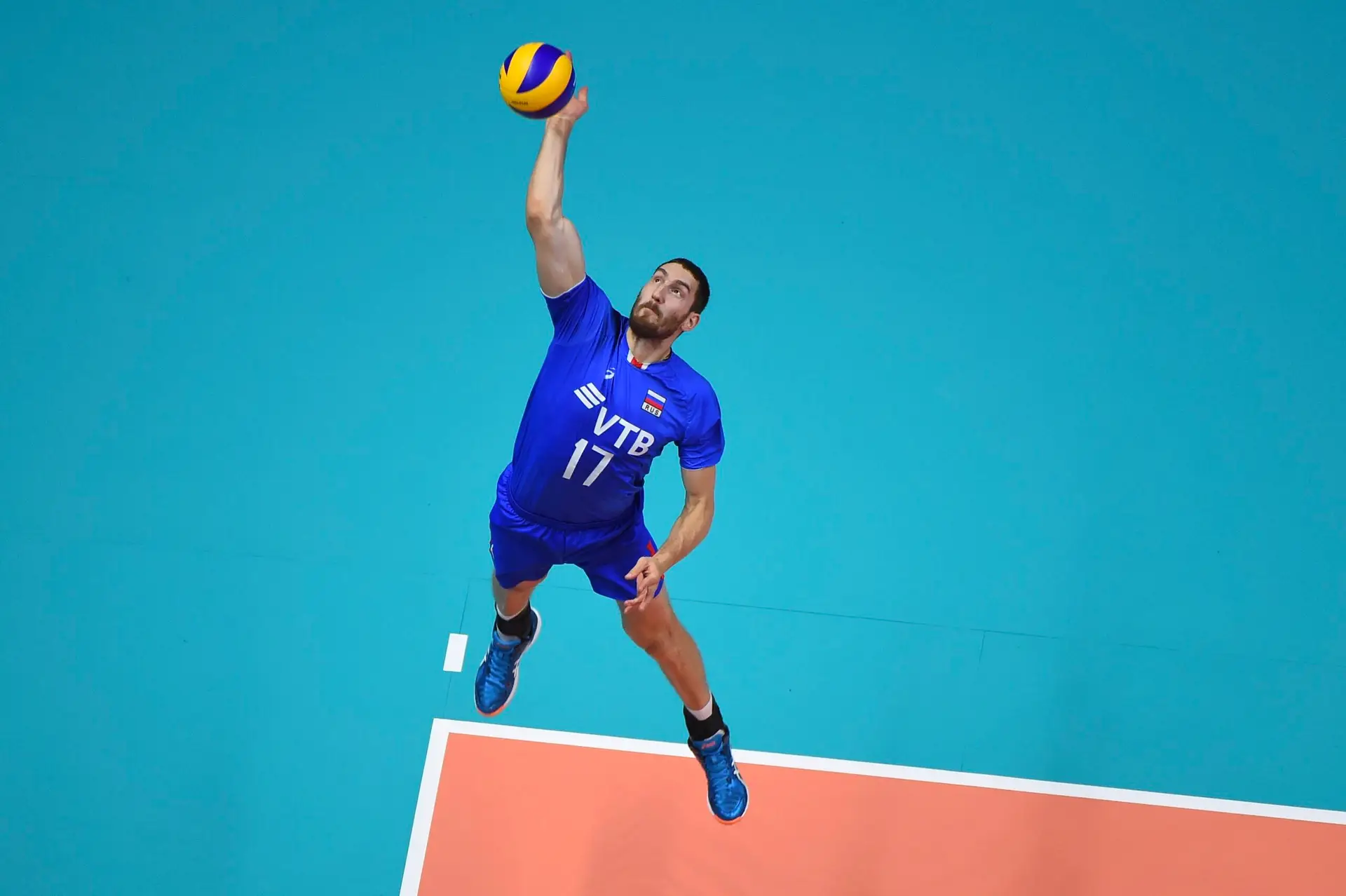

 ‘We Are the Champions’ is a volleyball film about the women’s volleyball team “Pink Storm”, which has not won since 1997. After a series of failures and the team’s collapse, a new coach decides to revitalise them and bring them back to their former glory. The story is about difficult training, psychological obstacles and trying to build relationships between the team members, which helps them find the strength to get back up and win.
‘We Are the Champions’ is a volleyball film about the women’s volleyball team “Pink Storm”, which has not won since 1997. After a series of failures and the team’s collapse, a new coach decides to revitalise them and bring them back to their former glory. The story is about difficult training, psychological obstacles and trying to build relationships between the team members, which helps them find the strength to get back up and win. Films about volleyball tell stories about people, their dreams, victories and failures. In each of the films, sport is not only the main plot, but also a symbol of life, with all its difficulties and joys. It connects, inspires and helps people to find themselves, which makes it such a powerful subject for cinema.
Films about volleyball tell stories about people, their dreams, victories and failures. In each of the films, sport is not only the main plot, but also a symbol of life, with all its difficulties and joys. It connects, inspires and helps people to find themselves, which makes it such a powerful subject for cinema.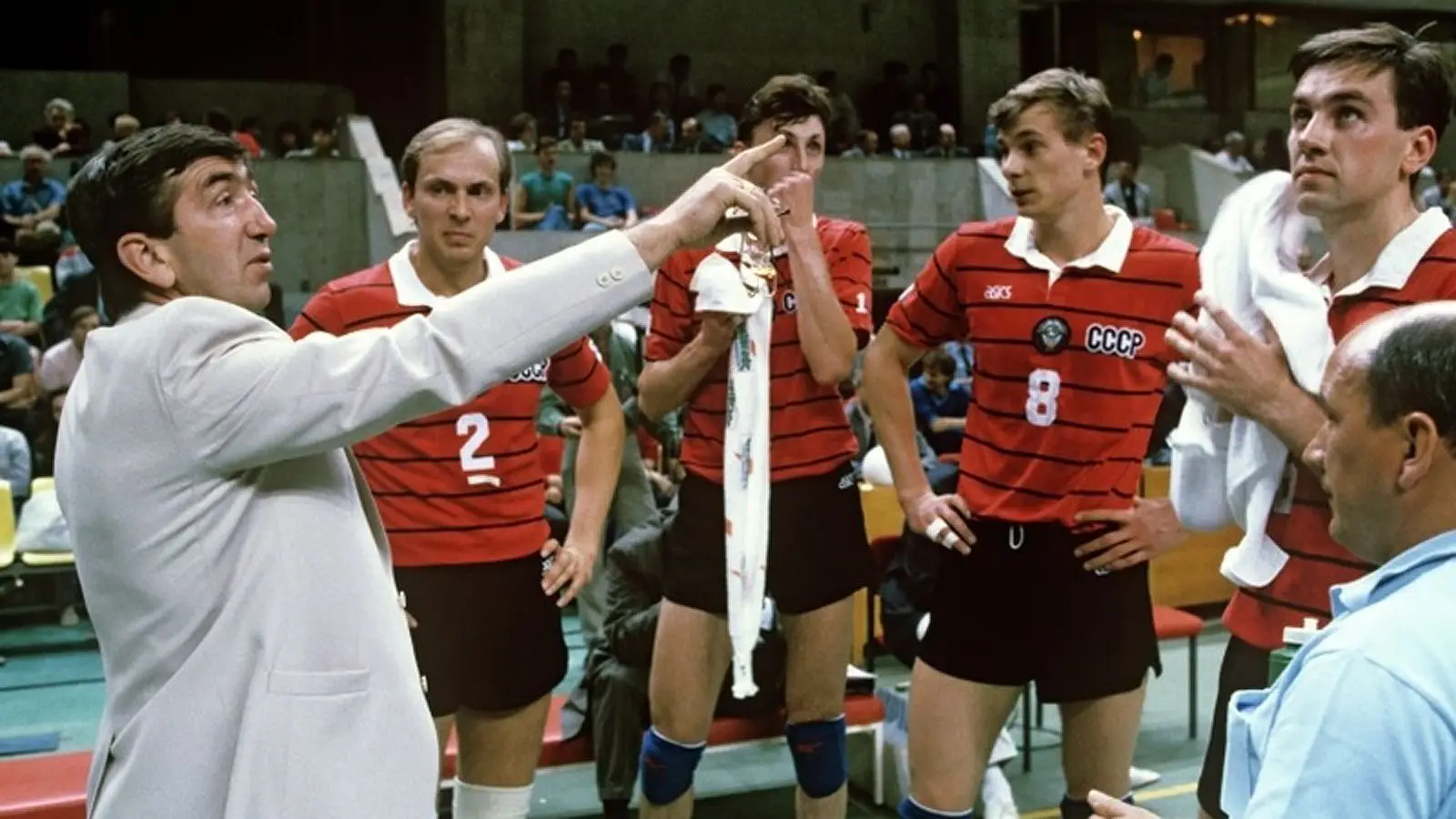
 It is impossible not to mention the legendary coaches responsible for the success of the national team. Yuri Kleshchev and Valentin Silkis are names that have written golden pages in the history of Soviet volleyball. They developed unique training methods and emphasised teamwork. Kleshchev was the first to use the so-called ‘safety net system’, in which each player knew not only his position but also the tasks of the other team members. This strategy made the team flexible and unpredictable on the court.
It is impossible not to mention the legendary coaches responsible for the success of the national team. Yuri Kleshchev and Valentin Silkis are names that have written golden pages in the history of Soviet volleyball. They developed unique training methods and emphasised teamwork. Kleshchev was the first to use the so-called ‘safety net system’, in which each player knew not only his position but also the tasks of the other team members. This strategy made the team flexible and unpredictable on the court.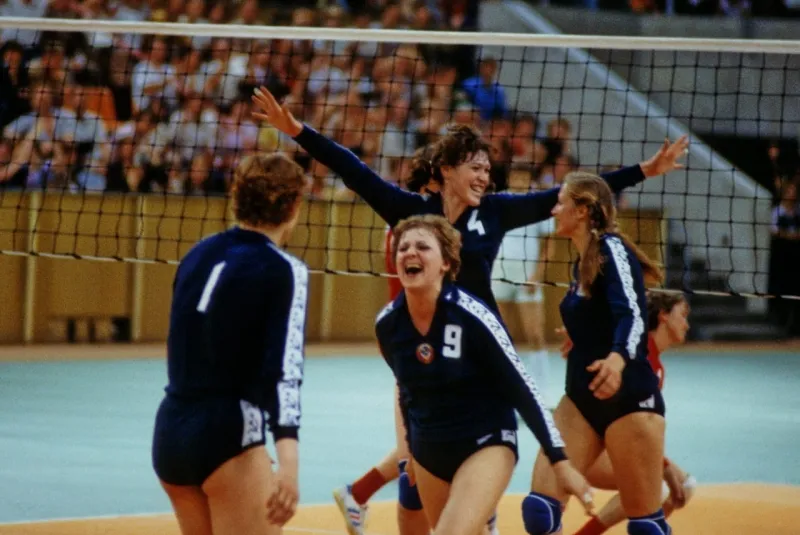 Volleyball in the USSR has left an indelible mark on the world history of sport. This sport became a symbol of perseverance and team strength. Even though times have changed and the USSR no longer exists, the legacy of Soviet volleyball lives on in everyone who picks up a ball and takes to the court, believing that sport is not just a game, but a story to remember.
Volleyball in the USSR has left an indelible mark on the world history of sport. This sport became a symbol of perseverance and team strength. Even though times have changed and the USSR no longer exists, the legacy of Soviet volleyball lives on in everyone who picks up a ball and takes to the court, believing that sport is not just a game, but a story to remember.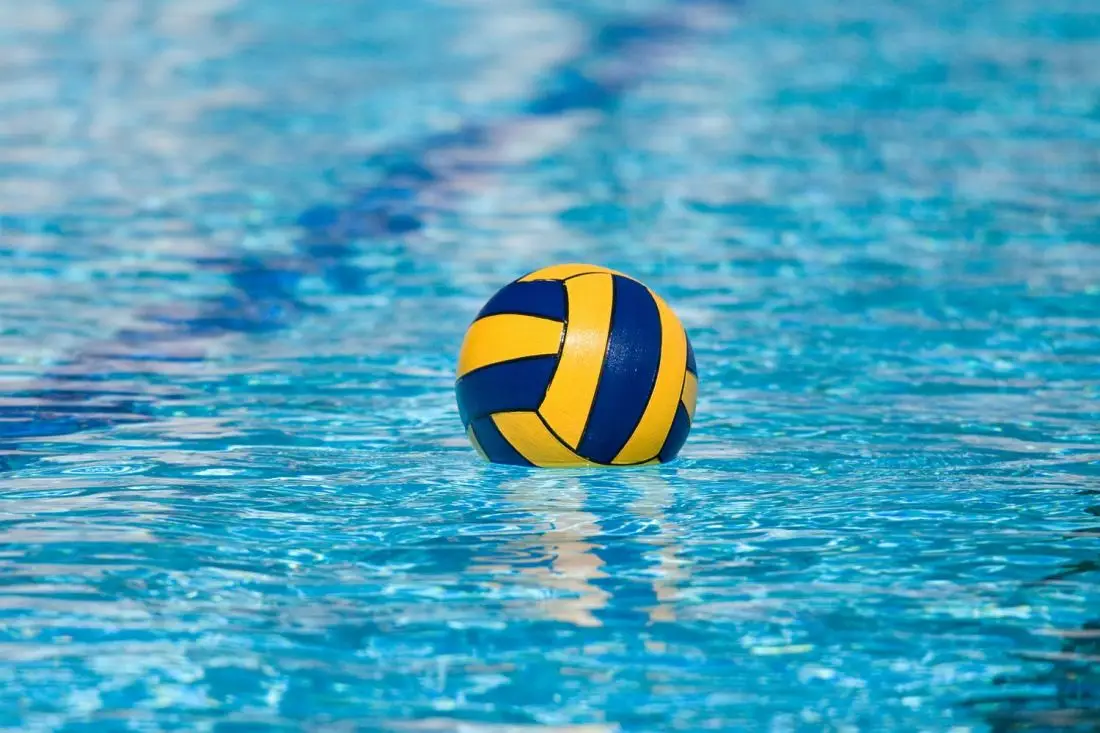
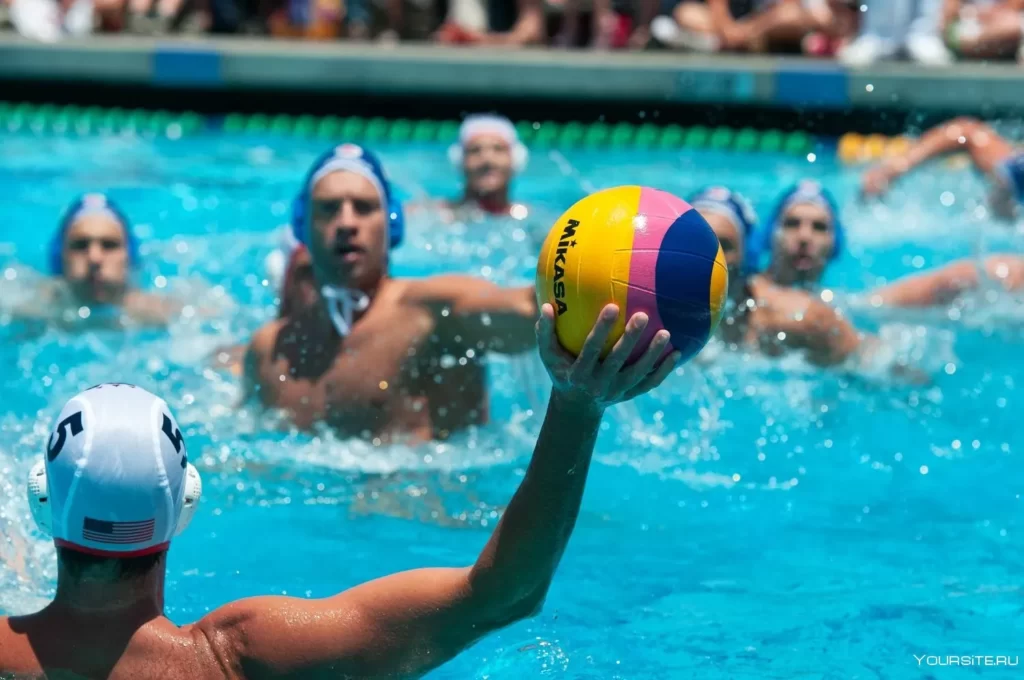 The story begins at the beginning of the 20th century, when beach volleyball fans decided to take the game into the water to enrich their sports programme. The first matches took place in swimming pools and on lakes, where athletes tested their strength in new conditions. The emergence of water volleyball was something of a challenge: finding your way around a moving court, improving coordination and adding an extreme element to the game. Over time, the format grew in popularity, attracting more and more thrill-seeking fans. The idea is that the water makes the game more complex, but also spectacular, as every movement of the participants looks dynamic and spectacular.
The story begins at the beginning of the 20th century, when beach volleyball fans decided to take the game into the water to enrich their sports programme. The first matches took place in swimming pools and on lakes, where athletes tested their strength in new conditions. The emergence of water volleyball was something of a challenge: finding your way around a moving court, improving coordination and adding an extreme element to the game. Over time, the format grew in popularity, attracting more and more thrill-seeking fans. The idea is that the water makes the game more complex, but also spectacular, as every movement of the participants looks dynamic and spectacular. The uniqueness of water volleyball lies in the combination of physical exertion and the fun of playing on the water. Every game is a battle with the elements, where every stroke and every jump requires concentration and strength. This sport helps to develop coordination, strengthen muscles and, most importantly, enjoy every minute on the water.
The uniqueness of water volleyball lies in the combination of physical exertion and the fun of playing on the water. Every game is a battle with the elements, where every stroke and every jump requires concentration and strength. This sport helps to develop coordination, strengthen muscles and, most importantly, enjoy every minute on the water.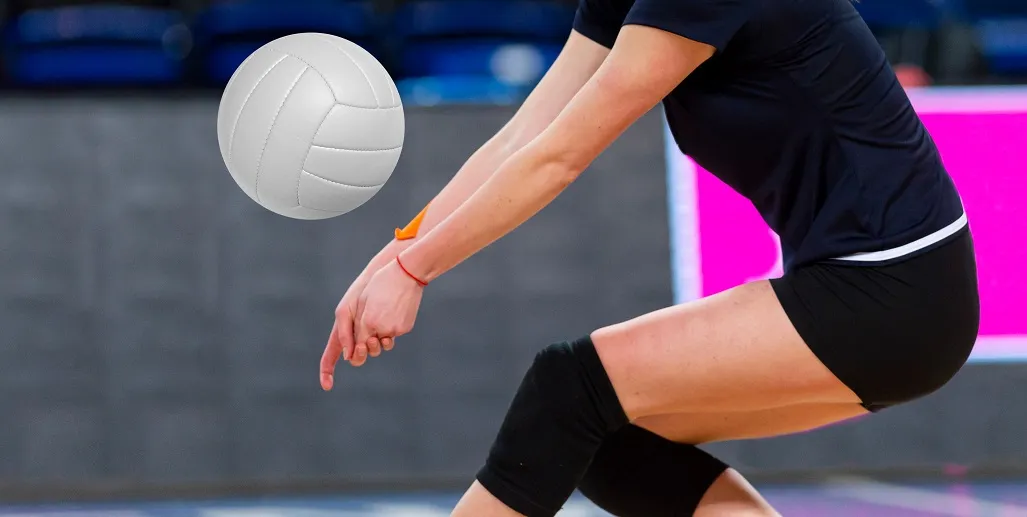
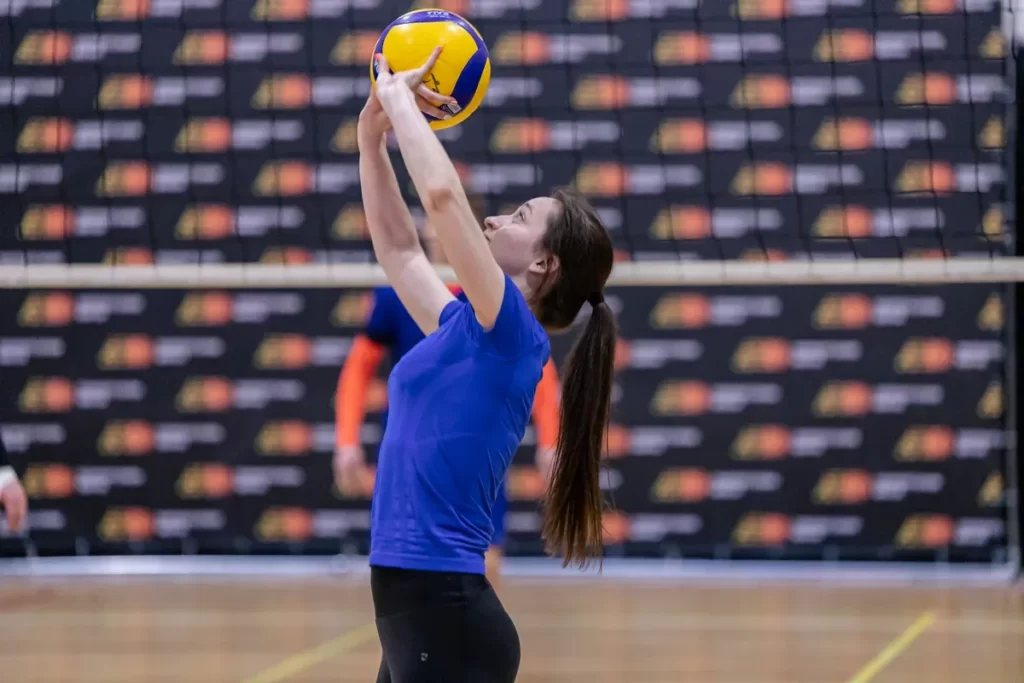 Tactics in volleyball are the foundation of team play. Every successful strategy begins with a detailed study of the opponent and an understanding of their weaknesses. One of the most popular schemes is the 6-2 system, in which six attackers and two left-sided players provide flexibility between attack and defence. This system allows the team to constantly switch from defence to attack, which is particularly important against stronger opponents. With a 6-2 system, a team can alternate between aggressive attacks and immediate blocking, putting the opponent under constant pressure.
Tactics in volleyball are the foundation of team play. Every successful strategy begins with a detailed study of the opponent and an understanding of their weaknesses. One of the most popular schemes is the 6-2 system, in which six attackers and two left-sided players provide flexibility between attack and defence. This system allows the team to constantly switch from defence to attack, which is particularly important against stronger opponents. With a 6-2 system, a team can alternate between aggressive attacks and immediate blocking, putting the opponent under constant pressure.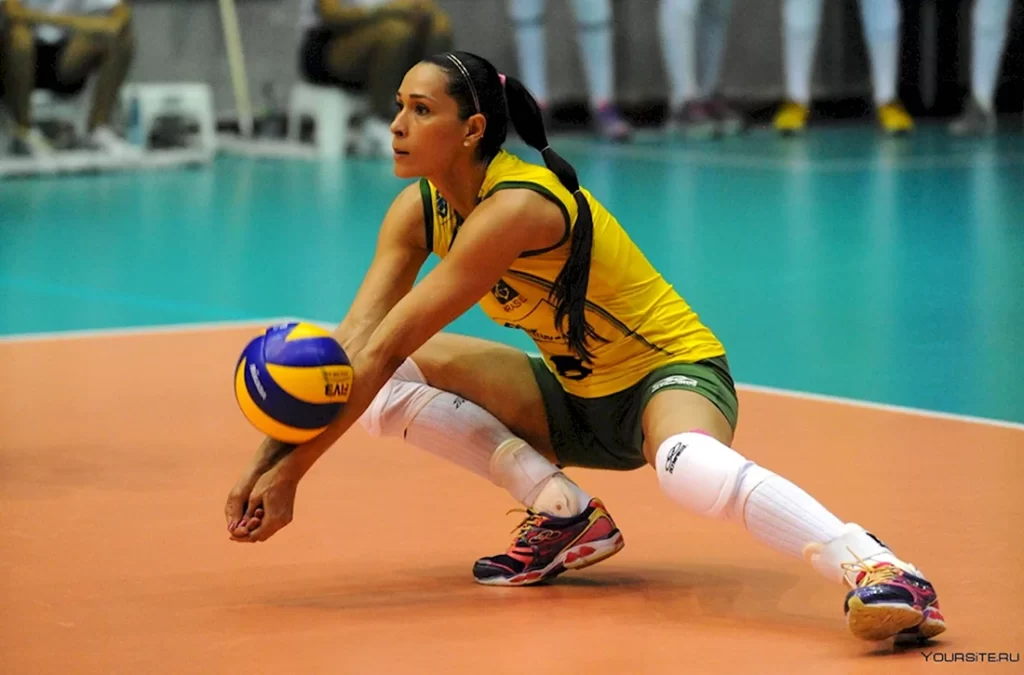 Winning on the court requires not only physical fitness and technique, but also good tactics. Basic tactics in volleyball allow teams to achieve their goals by capitalising on every opportunity on the court. It is important to constantly develop, practise and adapt your strategies to your opponent in order to stay one step ahead. Try out these techniques in your own game and see how they can change the course of a match.
Winning on the court requires not only physical fitness and technique, but also good tactics. Basic tactics in volleyball allow teams to achieve their goals by capitalising on every opportunity on the court. It is important to constantly develop, practise and adapt your strategies to your opponent in order to stay one step ahead. Try out these techniques in your own game and see how they can change the course of a match.
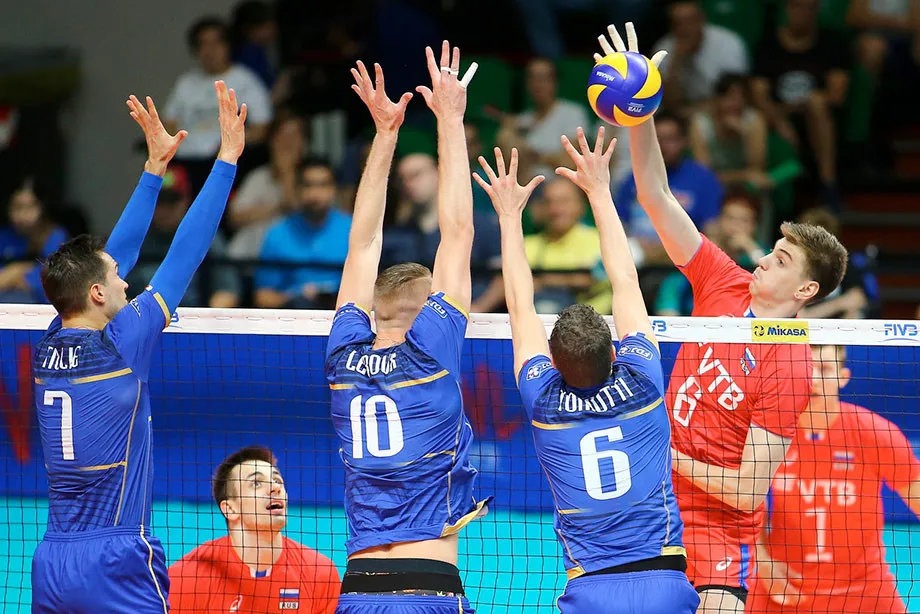 A volleyball formation is a carefully thought-out tactic that determines the effectiveness of each attack and defence. Each volleyball player takes up a different position in order to maximise their strengths and cover the team’s weaknesses.
A volleyball formation is a carefully thought-out tactic that determines the effectiveness of each attack and defence. Each volleyball player takes up a different position in order to maximise their strengths and cover the team’s weaknesses.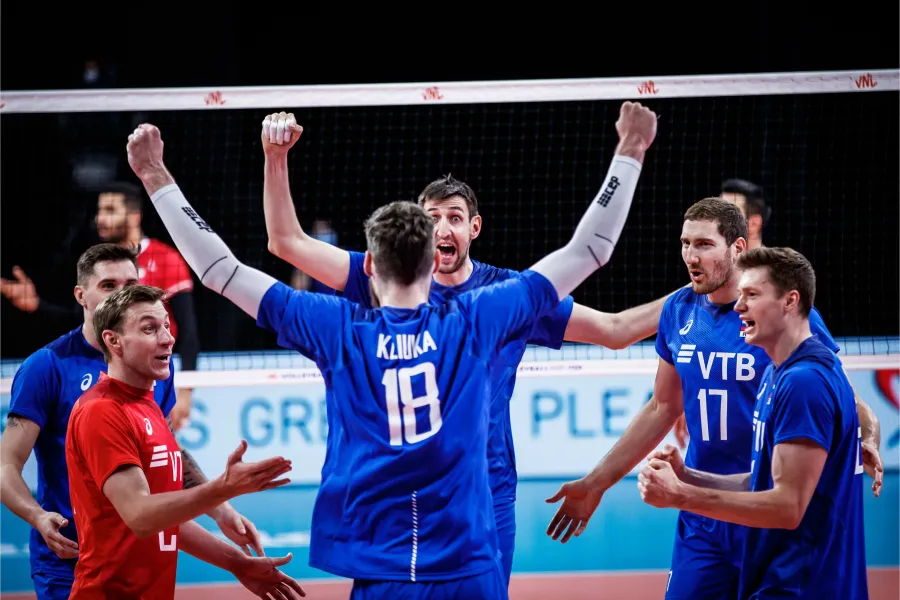 Understanding the positions in volleyball is the key to a team’s success. Correct positioning, a clear division of tasks and the ability of each player to maximise their strengths help a team to achieve good results. Next time you watch a game, pay attention to how the volleyball players change positions, interact and coordinate their actions – there is a lot of hard work and skill behind it.
Understanding the positions in volleyball is the key to a team’s success. Correct positioning, a clear division of tasks and the ability of each player to maximise their strengths help a team to achieve good results. Next time you watch a game, pay attention to how the volleyball players change positions, interact and coordinate their actions – there is a lot of hard work and skill behind it.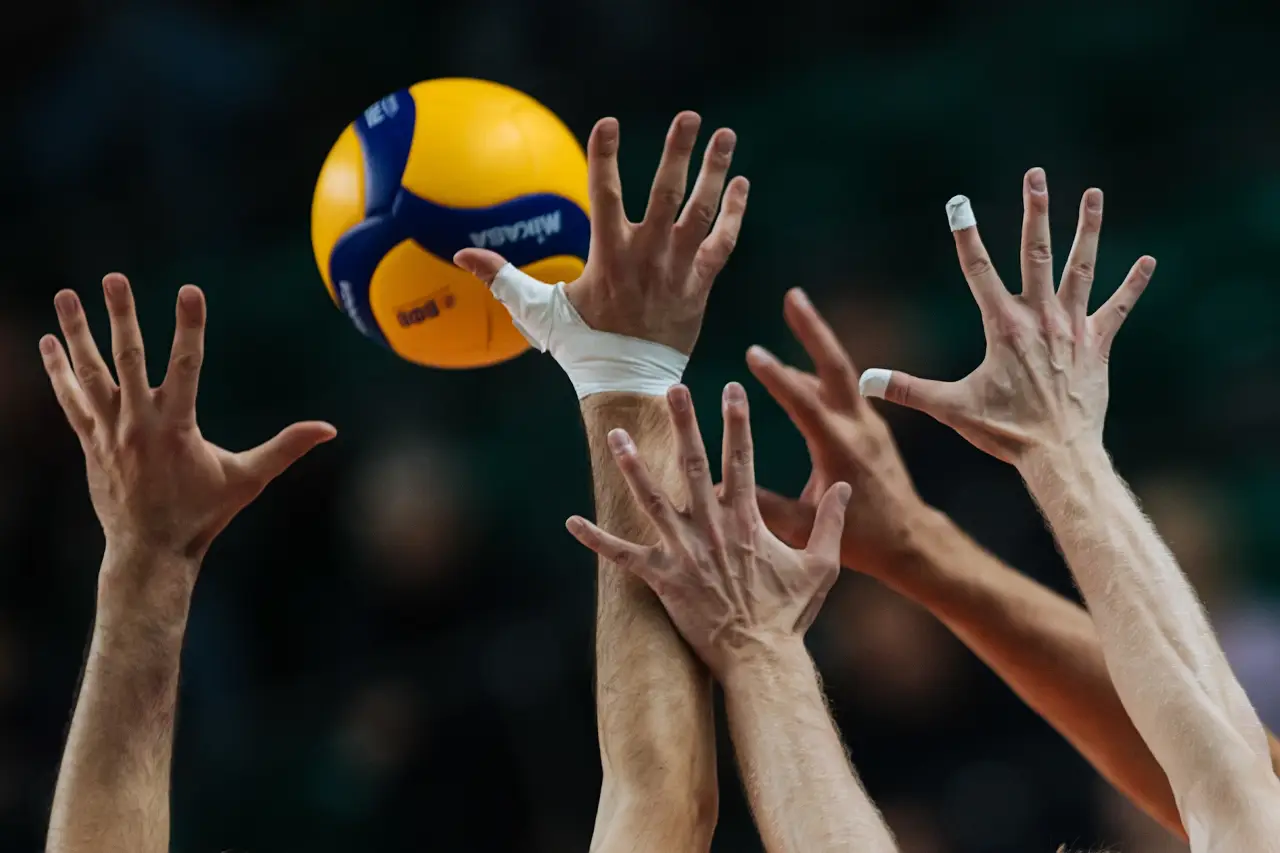
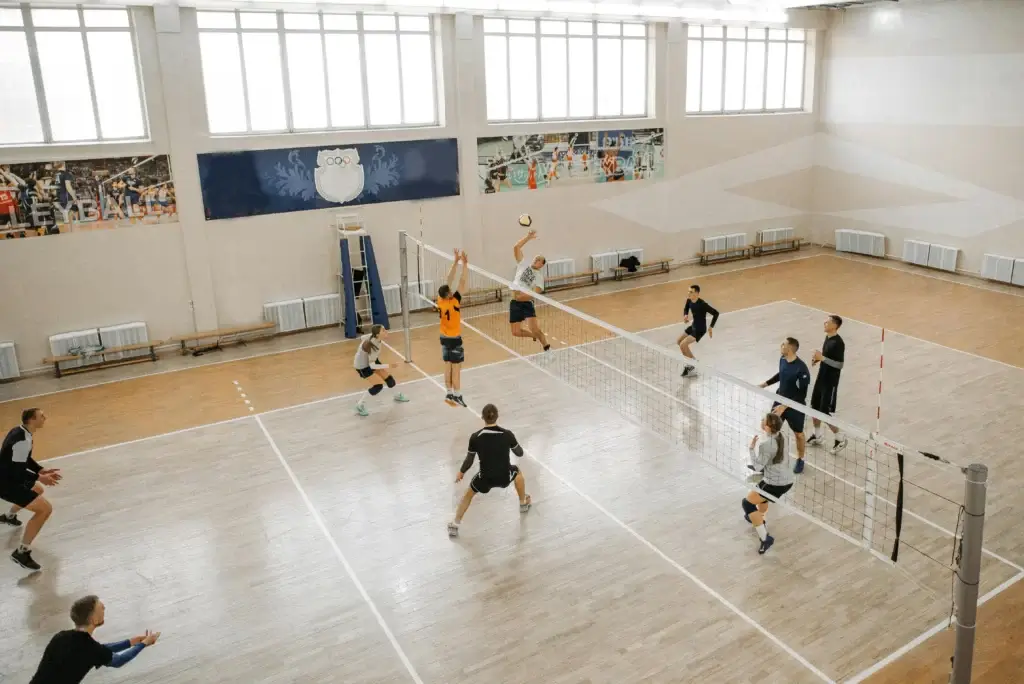 Substitution is an opportunity to change the course of the game, to adapt to the circumstances on the court. According to the rules, each team has the right to six substitutions per set, and coaches use this opportunity to adapt to the opponent’s tactics or to give leaders a rest.
Substitution is an opportunity to change the course of the game, to adapt to the circumstances on the court. According to the rules, each team has the right to six substitutions per set, and coaches use this opportunity to adapt to the opponent’s tactics or to give leaders a rest.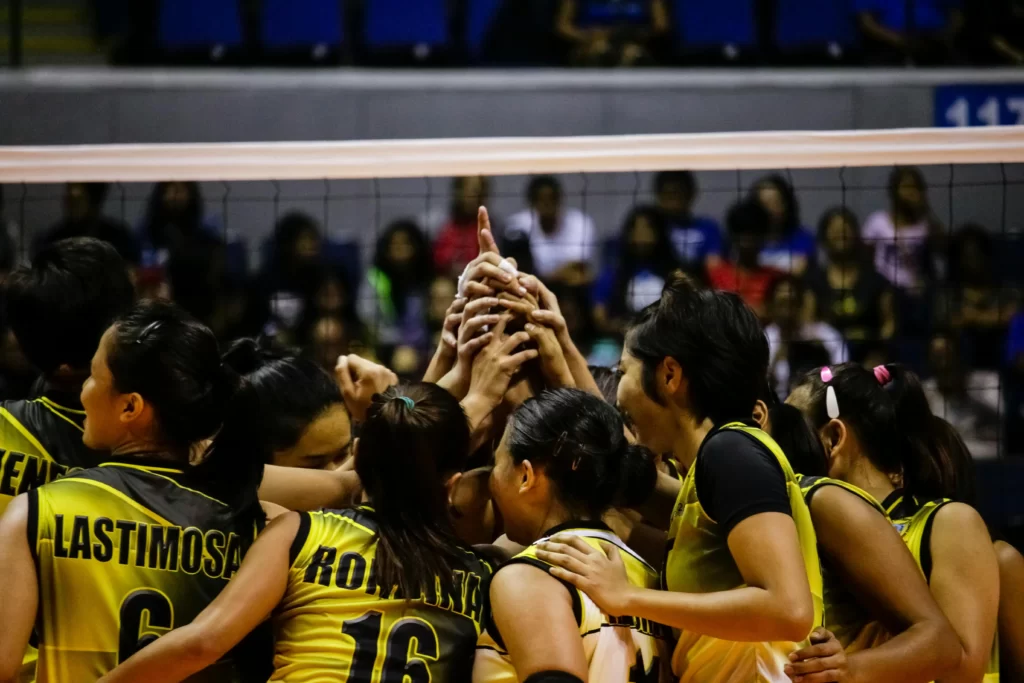 So how many players in volleyball take the court? Six. But behind that number is a whole system of tactics, strategy, history and evolution. Volleyball is a team game where everyone has an important role to play. From the liaison directing the attack to the libero protecting the back line, they all work together to create what we see in tournaments and courts around the world.
So how many players in volleyball take the court? Six. But behind that number is a whole system of tactics, strategy, history and evolution. Volleyball is a team game where everyone has an important role to play. From the liaison directing the attack to the libero protecting the back line, they all work together to create what we see in tournaments and courts around the world.
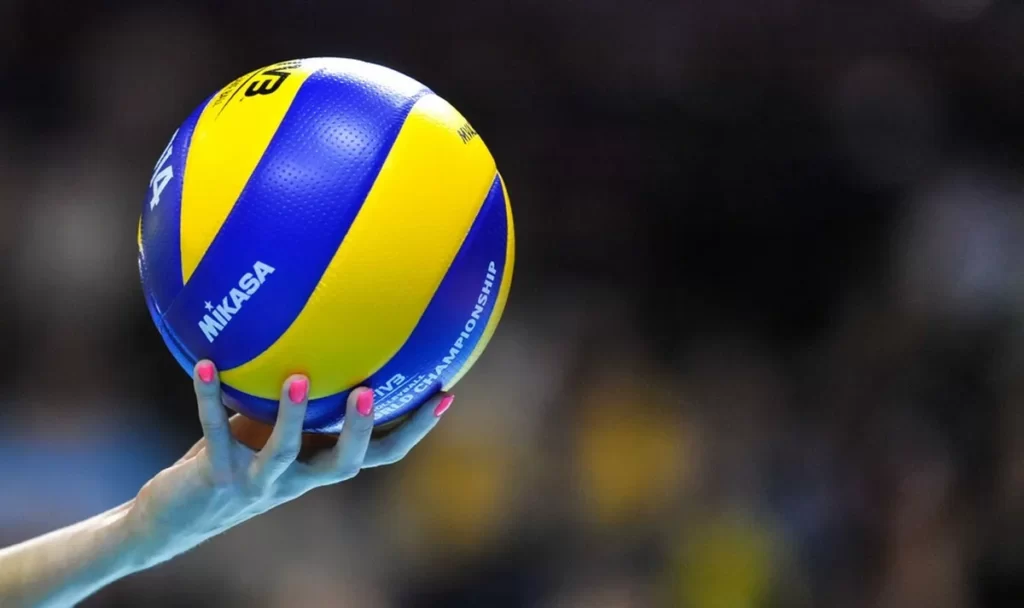
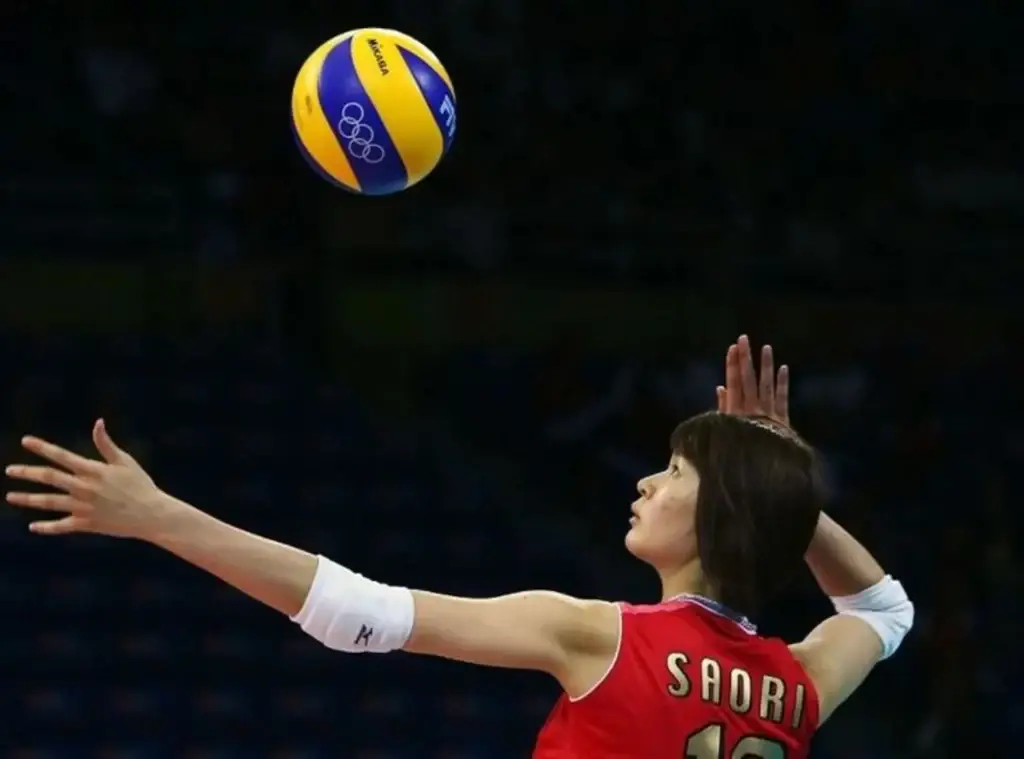

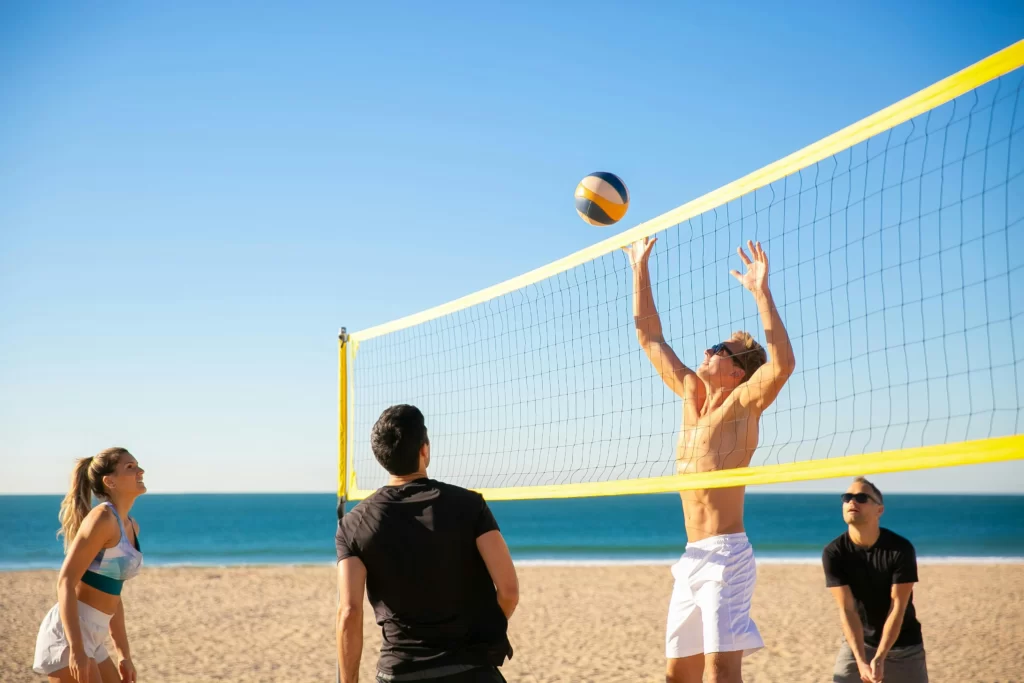 There are many factors that a volleyball player must take into account in order to execute a successful serve, from the wind to the condition of the sand. In contrast to traditional volleyball, where serves are often executed with a strong rotation, the focus here is on accuracy. The technique therefore requires intensive training.
There are many factors that a volleyball player must take into account in order to execute a successful serve, from the wind to the condition of the sand. In contrast to traditional volleyball, where serves are often executed with a strong rotation, the focus here is on accuracy. The technique therefore requires intensive training.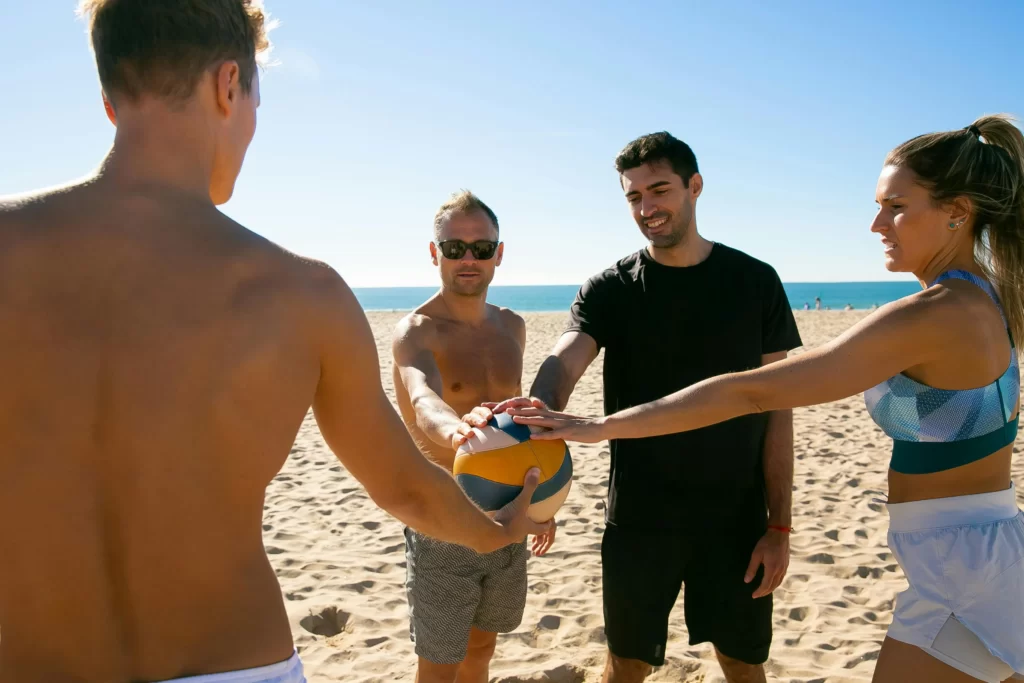 Beach volleyball is not just about competition and physical exertion. It is a unique sport that combines strategy, endurance and team spirit. Athletes have to adapt to changing conditions, communicate with their partner and always be prepared for the surprises that the sand and weather bring.
Beach volleyball is not just about competition and physical exertion. It is a unique sport that combines strategy, endurance and team spirit. Athletes have to adapt to changing conditions, communicate with their partner and always be prepared for the surprises that the sand and weather bring.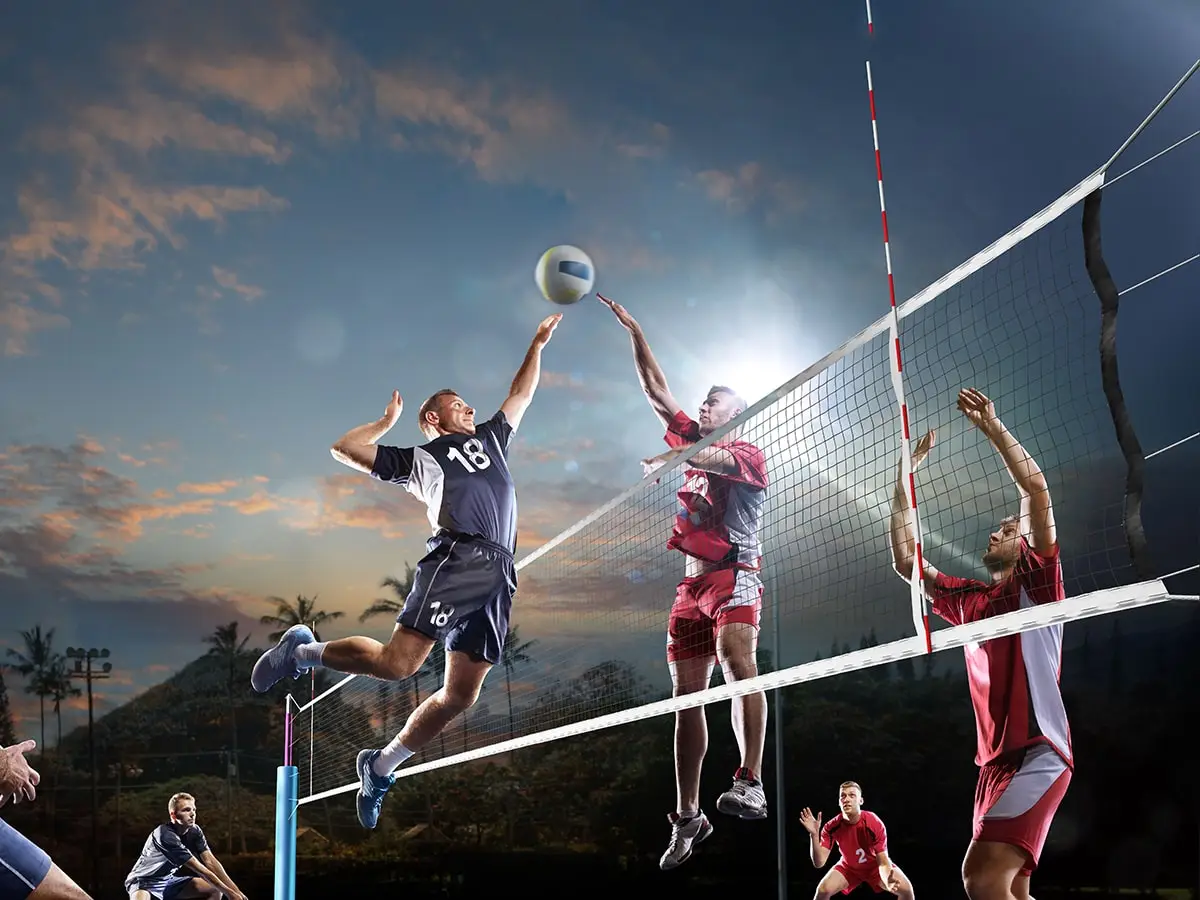

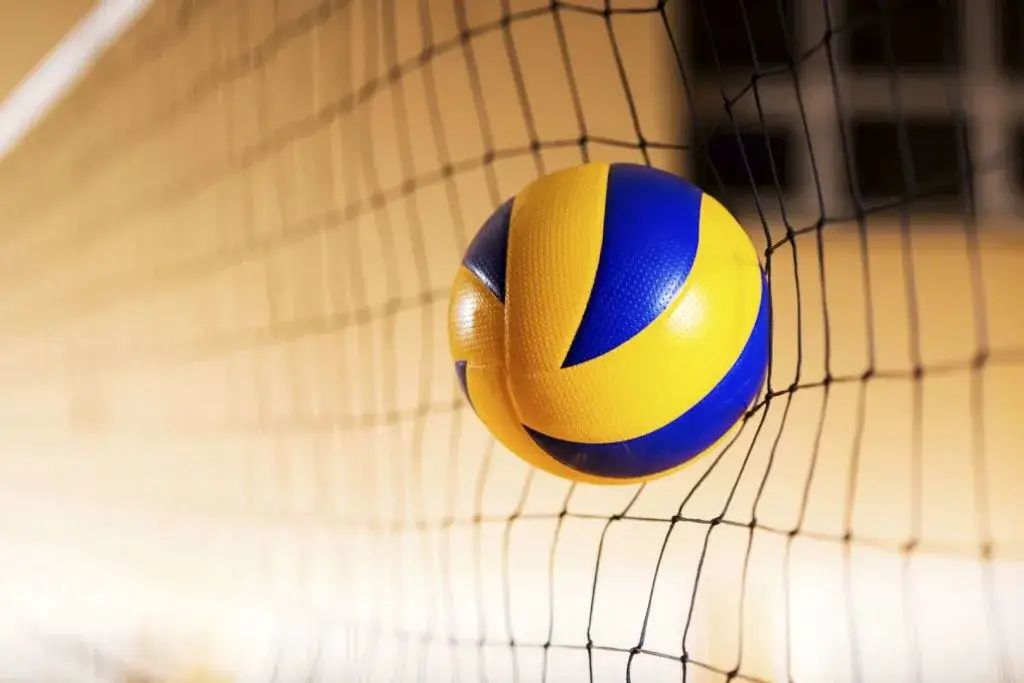 There are so many different types of volleyball that everyone can find something special for them. Classic is ideal for those who value teamwork and strict discipline. Beach is for lovers of freedom and physical fitness on the sand, while playing on grass is a great way to spend time outdoors with friends and family. Zial provides a comfortable and stable environment for training in any season. And for children, it’s the perfect way to kick-start their sporting career and lay the foundations for a healthy lifestyle. Choose the sport that is closer to your heart and enjoy!
There are so many different types of volleyball that everyone can find something special for them. Classic is ideal for those who value teamwork and strict discipline. Beach is for lovers of freedom and physical fitness on the sand, while playing on grass is a great way to spend time outdoors with friends and family. Zial provides a comfortable and stable environment for training in any season. And for children, it’s the perfect way to kick-start their sporting career and lay the foundations for a healthy lifestyle. Choose the sport that is closer to your heart and enjoy!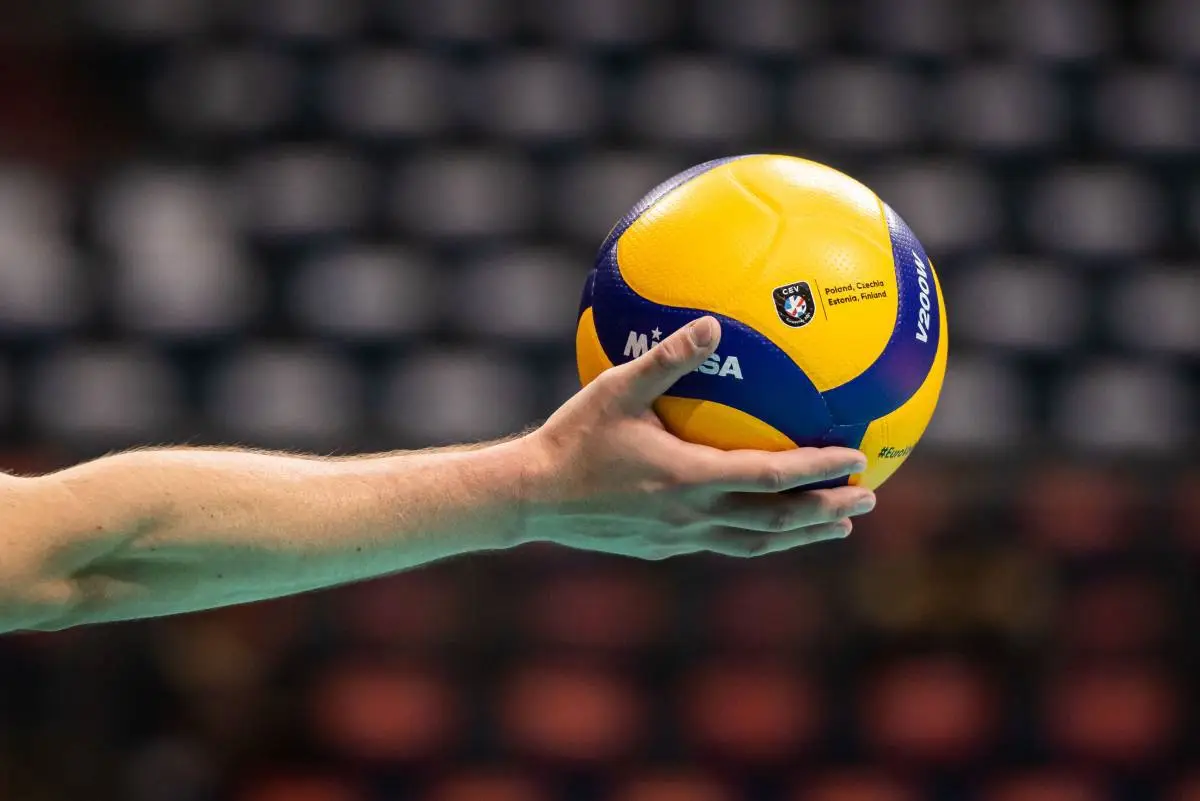
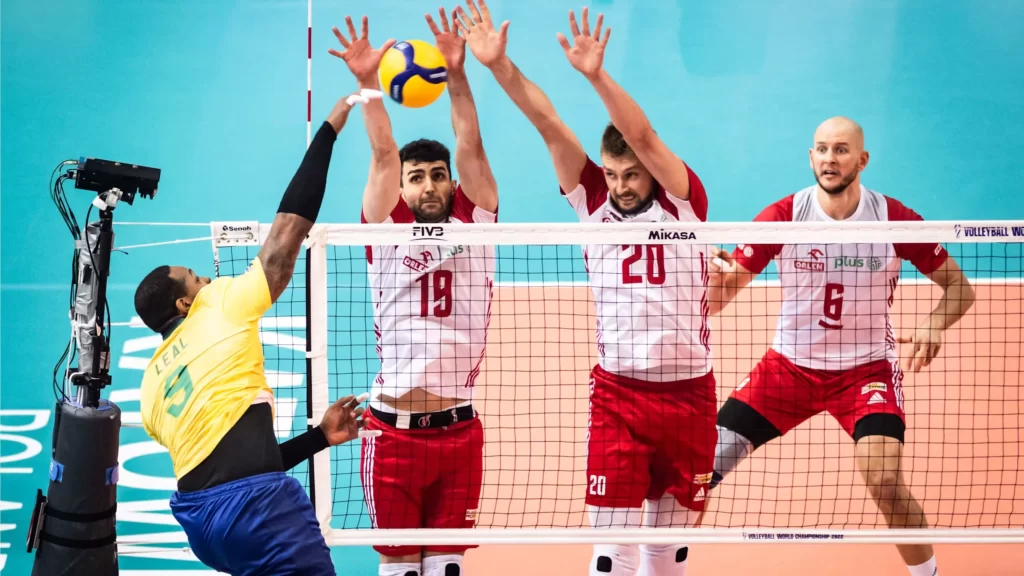
 The best matches have become true milestones in the history of volleyball. They inspire new generations of players and show that the impossible is just another challenge. Volleyball is always about emotions, tactics and true team spirit.
The best matches have become true milestones in the history of volleyball. They inspire new generations of players and show that the impossible is just another challenge. Volleyball is always about emotions, tactics and true team spirit.





